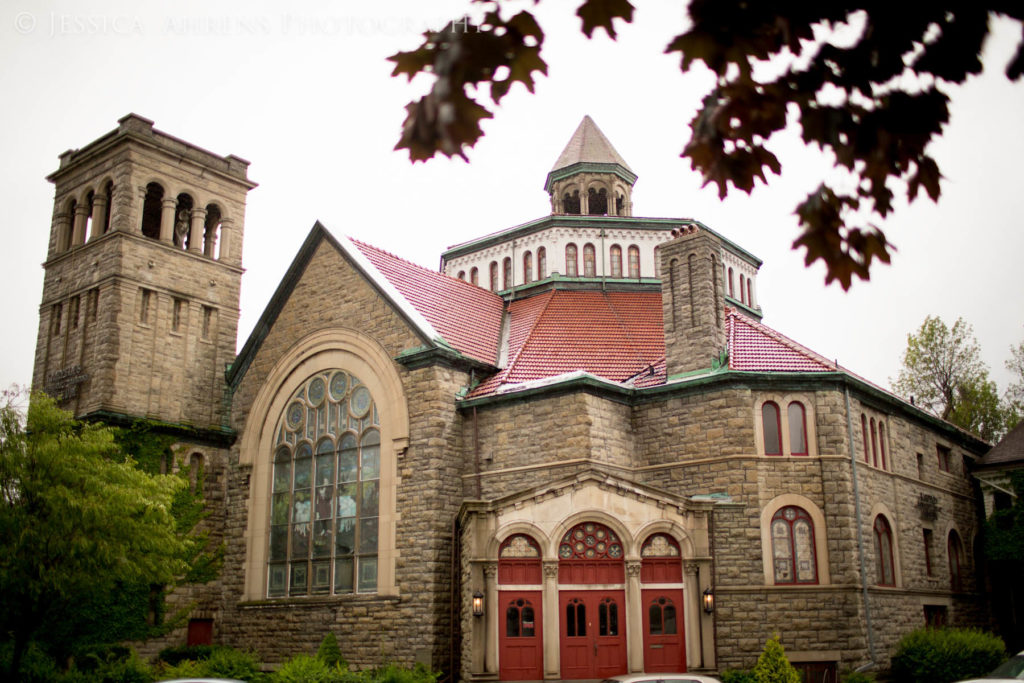
It was once owned by Robert Ballantine (of Perthshire, Scotland) as evidenced by his inscription in English. The "Sailm Dhaibhidh", a beautiful book of psalms written in Gàidhlig (also known as Scottish Gaelic). Last year, I purchased a rare book from 1798. Throughout history, the Bible has been translated into thousands of languages, and will likely be translated until no more languages can be discovered.Ģ20 year old Scottish secret leads to Fulton County. In doing so, this led to more people becoming educated in reading, and subsequently learning for themselves. The Bible was translated into German (from Greek) so people of all classes could understand it. Martin Luther was a prominent member of the Protestant Reformation, and one of his teachings was that individuals should be able to read and understand the Bible for themselves. While there were German translations of the Bible, none became more well-known than the Luther Bible. However, the ibis was not Thoth’s only animal one of the other forms he took was that of a baboon.ĭespite being first printed in Germany, the Gutenberg Bible was not printed in German, but rather Latin, as this was the primary language of the Church in the Middle Ages.

The ibis was likely chosen as the symbol of Thoth due to its beak resembling a crescent moon, which was one of Thoth’s many symbols. They were even bred by the Egyptians for the purpose of offerings. Thousands of mummified ibises have been found in ancient Egyptian temples. The ibis was no exception, however, people would kill and mummify the birds as an offer to Thoth, rather than take them to the afterlife. The killing and subsequent mummification of pets after their owner’s death was a common practice. The ibis was so revered by the Egyptians that they were mummified, like pets. The African sacred ibis itself was seen as a living sign of Thoth’s presence. Thoth, the god of writing and knowledge, was depicted as having the head of an ibis. 1876 saw the introduction of standardized balls produced by Spalding, and the early 20th century saw baseballs continued evolution into what we see today.Įgyptian deities were often portrayed as humans with the heads of animals. Eventually, teams tried to regulate the size and weight of the ball, however, the balls would continue to vary until the 1870s. Their cores and outer layers made them much softer and bouncier than the balls of today as well. Many early balls were significantly smaller than the ones of today.
.jpg)
Prior to the 1850s, there was no regulation on the size or weight of the ball. This type of stitching is why these balls were referred to as “lemon-peel style.” There were four lines of stitching rather than the two we have today.

The core of the ball was either made of rubber, or the eyes of fish. The earliest balls were often made from the melted parts of old shoes, yarn, and pieces of leather.
#Karpeles manuscript library wedding cost free
Gloversville Museum Director: Vartan Bonjukian | Article by: Catherine Kruger | Open Wednesday through Sunday, 12-4PM | Free AdmissionĪs seen in the Gloversville Karpeles Museum, baseballs didn’t always have the distinct colors of red and white, nor did they always have the distinctive stitching pattern. Plan to stop by soon or call for more information.Welcome to Karpeles Manuscript Library Museum – Gloversville Our incredibly beautiful building is a great place for an event: wedding, concert, convention, meeting, etc. Mini-museums are offered to schools, libraries, churches, and other places of business as well as educational programs which are free also. The museum also features many permanent exhibits including six different and intricate wooden ships with correlating documents, a Singer sewing machine, a music piece by Puccini, and an early communication room with antiques and documents by Samuel F. Exhibits are rotated every four months, so there is always something new to see.

It was founded by David and Marsha Karpeles in 1983, with the goal of stimulating an interest in learning, especially in children and making the collection more accessible to the public free of charge.Įach of these locations is housed in a historic building, in order to preserve them for future generations. The Karpeles Museum in Rock Island, IL is one of seventeen museums that hold a private collection of more than a million manuscripts/documents, the largest such collection in the world.


 0 kommentar(er)
0 kommentar(er)
